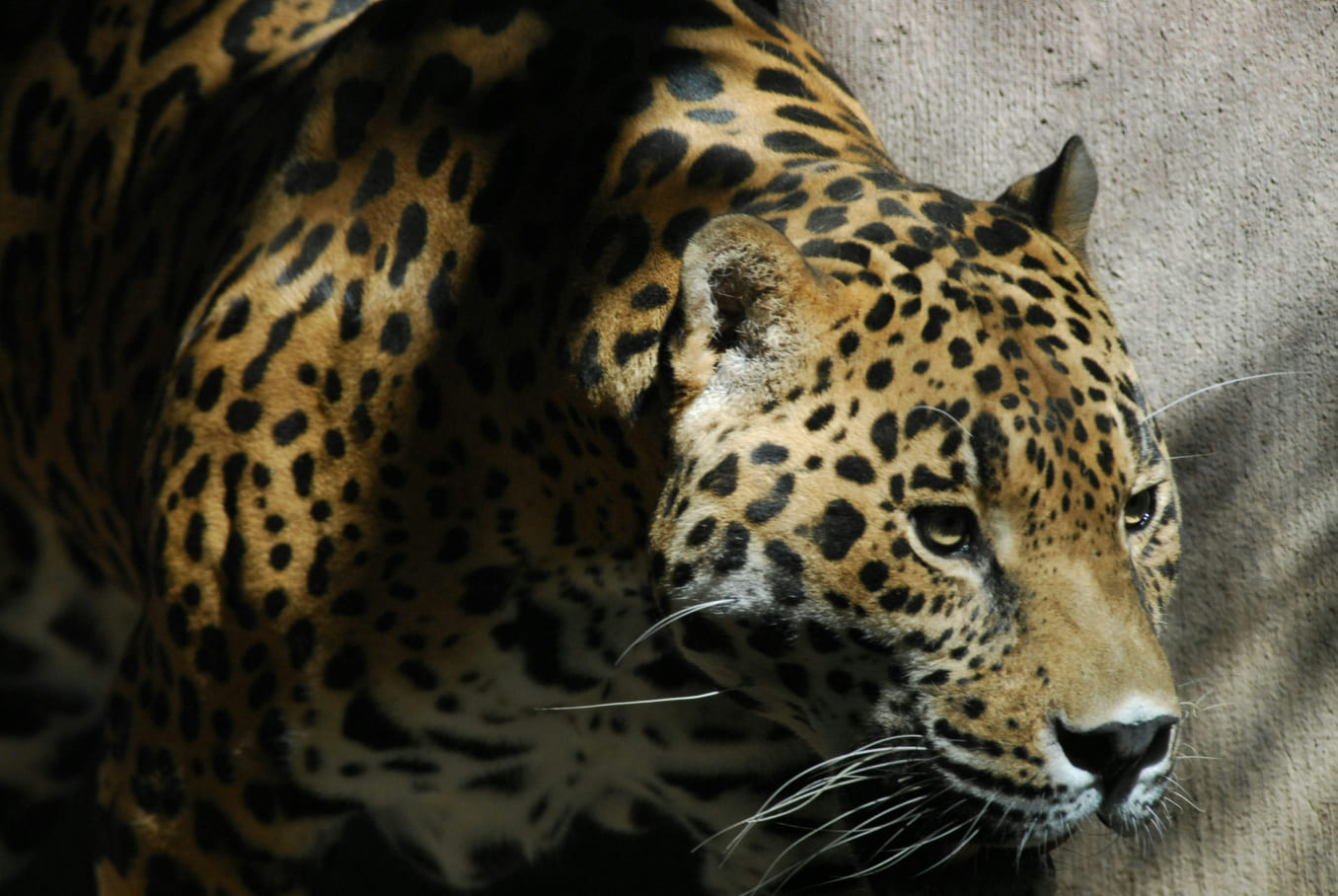
Jaguar: The Stealthy Guardian of the Jungle
The jaguar, a symbol of power and mystery, is one of the most iconic big cats in the world. Native to the dense jungles and wetlands of Central and South America, this magnificent predator is the largest cat in the Americas and the third-largest in the world, after tigers and lions. Its name originates from the ancient Indigenous word "yaguar," meaning "he who kills with one leap," reflecting its remarkable strength and hunting prowess.
Physical Characteristics and Adaptations
Jaguars are known for their robust build, muscular legs, and a distinctive coat adorned with rosettes—black spots arranged in unique patterns with a central dot, making every jaguar's coat one of a kind. These markings not only serve as camouflage in the dense forests but also help regulate their body temperature. Jaguars have incredibly powerful jaws and teeth, enabling them to crush the skulls of prey or pierce through turtle shells, showcasing their dominance in the food chain.Behavior in the Wild
Unlike many big cats, jaguars are excellent swimmers and often hunt in rivers and wetlands. Their diet is diverse, ranging from deer and capybaras to fish and caimans. Jaguars are solitary animals, marking their territories with scent trails and scratches on trees. They are primarily nocturnal hunters, relying on their stealth and ambush tactics to capture prey.Life in Zoos
In zoos, jaguars are provided with spacious enclosures designed to mimic their natural habitats, complete with dense vegetation, climbing structures, and water features. These features encourage their natural behaviors, such as swimming and climbing, while keeping them mentally and physically stimulated. Zookeepers often engage jaguars with enrichment activities like hidden food, scent trails, and interactive toys to challenge their intelligence and satisfy their predatory instincts.Zoos also play a vital role in raising awareness about the challenges jaguars face in the wild, including habitat destruction, illegal poaching, and human-wildlife conflict. Breeding programs in captivity contribute to the survival of this species, helping maintain genetic diversity and preventing extinction.
